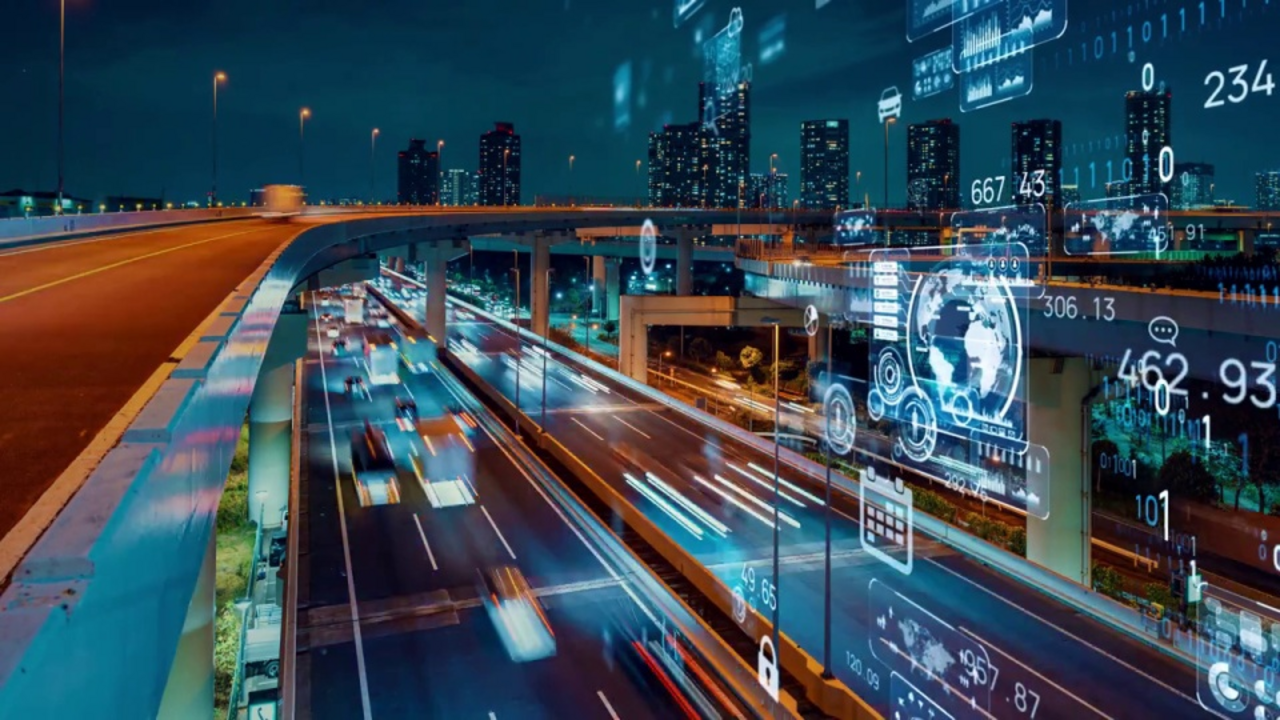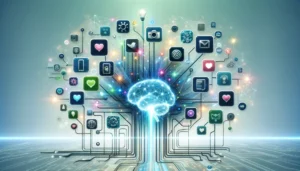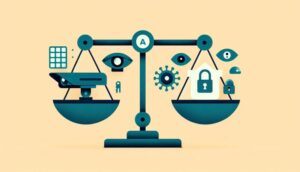5G and IoT: Revolutionizing Urban Mobility

In the age of rapid urbanization and technological advancement, the convergence of 5G (fifth-generation wireless technology) and IoT (Internet of Things) heralds a new era for urban mobility. These transformative technologies are reshaping transportation systems, enhancing connectivity, and revolutionizing how people and goods move within cities. This blog explores the synergies between 5G and IoT in urban mobility, their applications, benefits, challenges, and the profound impact on smart cities and sustainable transportation.
The Power of 5G and IoT in Urban Mobility
- Enhanced Connectivity and Communication:
5G networks deliver ultra-fast speeds, low latency, and high reliability, enabling seamless communication between vehicles, infrastructure, and pedestrians. IoT devices embedded in vehicles, traffic signals, and urban infrastructure collect real-time data and transmit information instantaneously. - Intelligent Transportation Systems (ITS):
IoT sensors and 5G connectivity enable the deployment of ITS, optimizing traffic flow, reducing congestion, and improving road safety through real-time monitoring, predictive analytics, and adaptive traffic management systems. - Connected and Autonomous Vehicles (CAVs):
5G enables vehicle-to-everything (V2X) communication, allowing CAVs to exchange data with other vehicles, pedestrians, and smart infrastructure. IoT sensors provide vehicles with situational awareness, enabling autonomous decision-making and safer navigation in complex urban environments. - Smart Infrastructure and IoT Sensors:
Urban infrastructure equipped with IoT sensors, such as smart traffic lights, parking meters, and environmental monitors, enhances operational efficiency, energy management, and environmental sustainability. 5G connectivity ensures reliable data transmission and real-time responsiveness.
Applications of 5G and IoT in Urban Mobility
- Real-Time Traffic Management: IoT-enabled traffic sensors and 5G networks provide accurate traffic monitoring, congestion prediction, and dynamic rerouting of vehicles to optimize travel times and reduce carbon emissions.
- Smart Parking Solutions: IoT-connected parking meters and mobile apps powered by 5G enable drivers to locate available parking spaces, reserve spots in advance, and facilitate efficient use of parking infrastructure in dense urban areas.
- Public Transit Optimization: 5G-enabled IoT devices on buses, trains, and transit stops enhance schedule adherence, passenger information systems, and fare collection processes, improving the reliability and accessibility of public transportation services.
- Emergency Response and Safety: IoT-connected emergency response systems leverage 5G networks to deliver real-time incident alerts, video surveillance, and location tracking, enhancing emergency response times and ensuring public safety in urban environments.
Benefits of 5G and IoT in Urban Mobility
- Efficiency and Productivity: Streamlined transportation systems and optimized traffic management reduce travel times, increase productivity, and enhance the overall efficiency of urban mobility networks.
- Environmental Sustainability: IoT-driven analytics and 5G-enabled smart infrastructure promote sustainable transportation practices, reduce greenhouse gas emissions, and support initiatives for cleaner air quality and urban resilience.
- User Experience and Accessibility: Enhanced connectivity and digital services improve the passenger experience, promote multimodal transportation options, and increase accessibility for individuals with mobility challenges.
- Innovation and Economic Growth: The integration of 5G and IoT fuels innovation in smart city technologies, stimulates economic growth, and attracts investments in infrastructure development, digital connectivity, and mobility solutions.
Challenges and Considerations
- Infrastructure Investment: Deploying 5G networks and IoT infrastructure requires substantial investment in network expansion, technology upgrades, and regulatory frameworks to support seamless integration and interoperability.
- Data Security and Privacy: Protecting IoT data and ensuring cybersecurity resilience against potential threats, such as data breaches and hacking attempts, requires robust encryption protocols, compliance with privacy regulations, and risk management strategies.
- Interoperability and Standards: Establishing interoperable standards for IoT devices, communication protocols, and data sharing across diverse transportation systems and smart city platforms is essential for cohesive urban mobility solutions.
- Digital Divide: Addressing disparities in digital access and ensuring equitable deployment of 5G networks and IoT solutions to underserved communities is crucial for inclusive urban development and social equity.
Future Outlook
5G and IoT technologies are poised to redefine urban mobility by fostering connected, efficient, and sustainable transportation ecosystems. As cities embrace smart infrastructure investments, data-driven decision-making, and collaborative partnerships, the integration of 5G and IoT will continue to drive innovation, enhance urban resilience, and improve the quality of life for urban residents worldwide. Embracing the opportunities and addressing the challenges of 5G-enabled IoT in urban mobility is key to shaping a more connected, resilient, and sustainable future for cities of tomorrow.
Stay ahead with ITBusinessNews – Your trusted source for Technology and Business news. Fast & Precise




